9 Secrets to Selling Clothes in the China Fashion Market
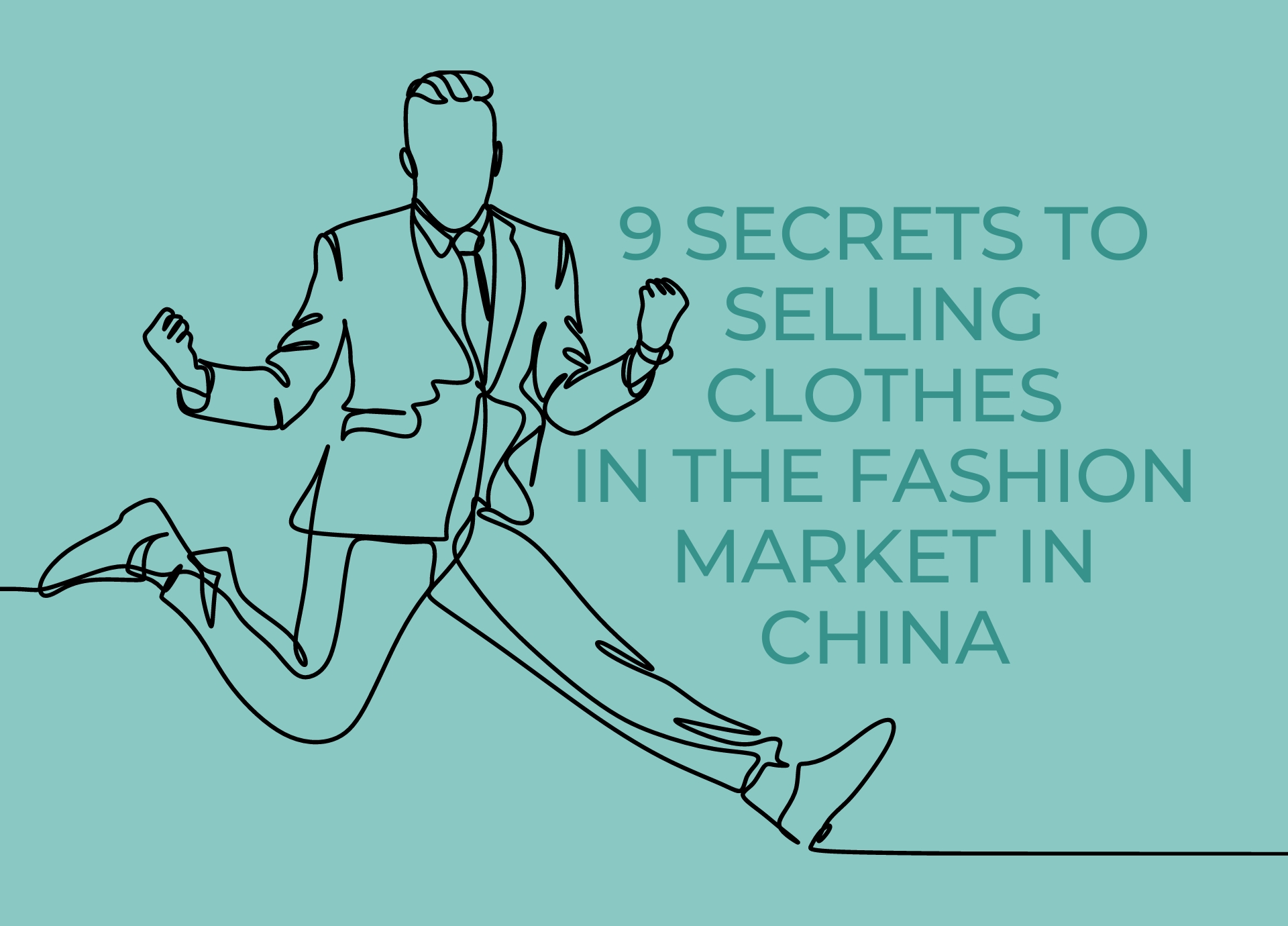
Although the fashion industry is growing rapidly in China, selling clothes in China’s fashion market can still be challenging for foreign entrepreneurs. There are a few key things to consider when entering this competitive market. China is the world’s biggest fashion market, surpassing the US in 2020. The fashion industry is also one of the most lucrative ones, reaching $266 billion in 2022.
The Chinese consumers’ tastes are changing and all the domestic and foreign brands need to adapt to digital and fashion trends in order to succeed in this competitive environment. In this blog post, we will answer the question of what do Chinese people wear and outline some of the best practices for selling clothes in the Chinese fashion market.
Cost-Effective Agency
KPI and Results focused. We are the most visible Marketing Agency for China. Not because of huge spending but because of our SMART Strategies. Let us help you with: E-Commerce, Search Engine Optimization, Advertising, Weibo, WeChat, WeChat Store & PR.
Chinese Fashion Sector Overview
Noticeable changes are reflected in consumer preferences. As the middle class grows, consumer expectations are increasing. This is why consumers are more inclined to look for quality. The products sold must, therefore, be adapted to the demand. To do this, a good knowledge of the market is essential.
According to Statista, China is the biggest fashion market in the world, racing $266 billion in 2022, with an annual growth rate of 6.79% between 2022 and 2027. This means, that the market is expected to reach $369.40 billion by 2027. The number of users is expected to amount to 931.4 million by 2027, with a user penetration of 63.4%. As you can see, the market has a lot to offer, so don’t miss the opportunity!
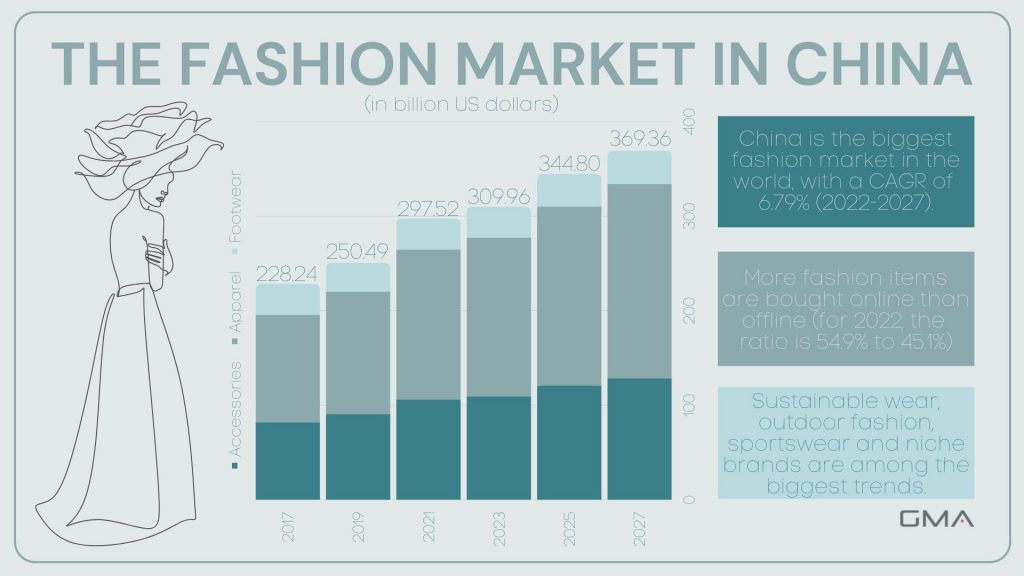
What is important is the fact that more fashion items are bought online than offline. For 2022, the ratio is 54.9% to 45.1%, but the importance of online shopping will only grow further.
Louis Vuitton, Chanel, Gucci, and Balenciaga are the most desired foreign brands in China. But we observe a trend of ‘light-luxury‘ in China. The middle class is growing and they also want to purchase luxury products for themselves, but they still can’t afford the top luxury brands. Therefore, they opt for so-called affordable luxury, which is gaining momentum in China.
The Chinese market is a complex market with its own tools. These tools need to be known and mastered in order to establish a foothold in the market.
Best Practices to Attract Consumers in the Chinese Fashion Market
There are many ways to attract Chinese consumers to your fashion brand. Some steps to take are important in any industry, some need to be taken now, as the fashion market in China is changing fast, adopting new marketing strategies, like live-streaming, virtual realities, group buying, and more. Let’s take a look at what you can do to become successful in the fashion industry in China.
1. Gain Chinese consumers’ trust through a Chinese website
Building a Chinese website is essential for several reasons. First of all, is the language barrier. No Chinese will make the effort to read a site that is not translated into his language. China’s fashion market has a lot to offer, and if Chinese consumers won’t understand your offer, they will move on to other foreign or Chinese brands. The language makes all the difference in showing that the brand takes care of its audience and is willing to adapt to its needs.
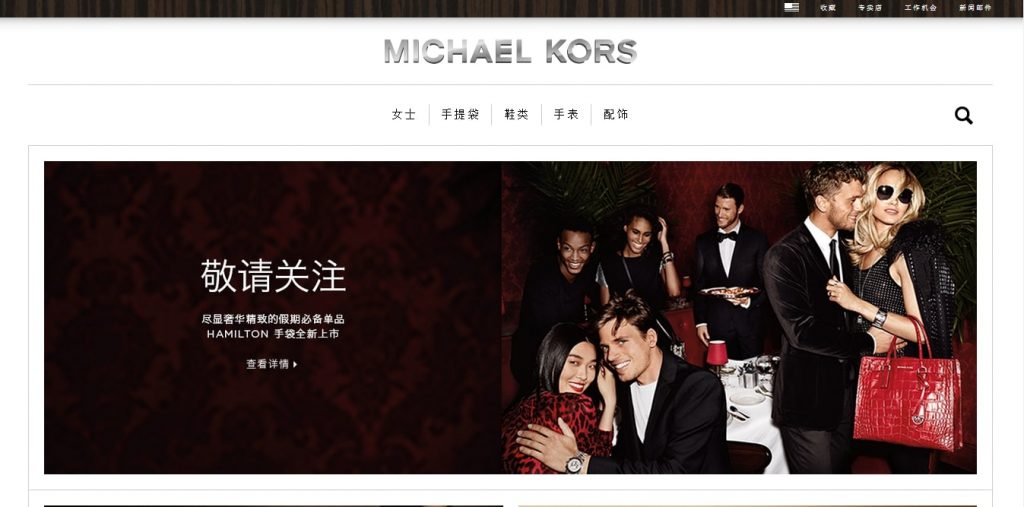
Then, the visual of your site must respect the average criteria found in other Chinese sites. For this, you can study what your competitors have set up in terms of web design and keywords. You will notice that the way of capturing consumers’ attention is different. There are codes to be aware of.
And, most important, having a Chinese website hosted in China increases your chances of ranking on the first page of Baidu search results. Baidu (the biggest search engine in China) favors websites hosted in Mainland China over foreign ones, so for good Baidu SEO, having a Chinese website hosted in China is a must.
2. Leverage Baidu’s ecosystem for the best visibility
Baidu is the first Chinese search engine. It is imperative that you have a good knowledge of the tool. It is a search engine of the same scope as Google. Apart from search results, Baidu offers many sub-platforms, like forums, video platforms, online libraries, storage spaces, news pages, and more.
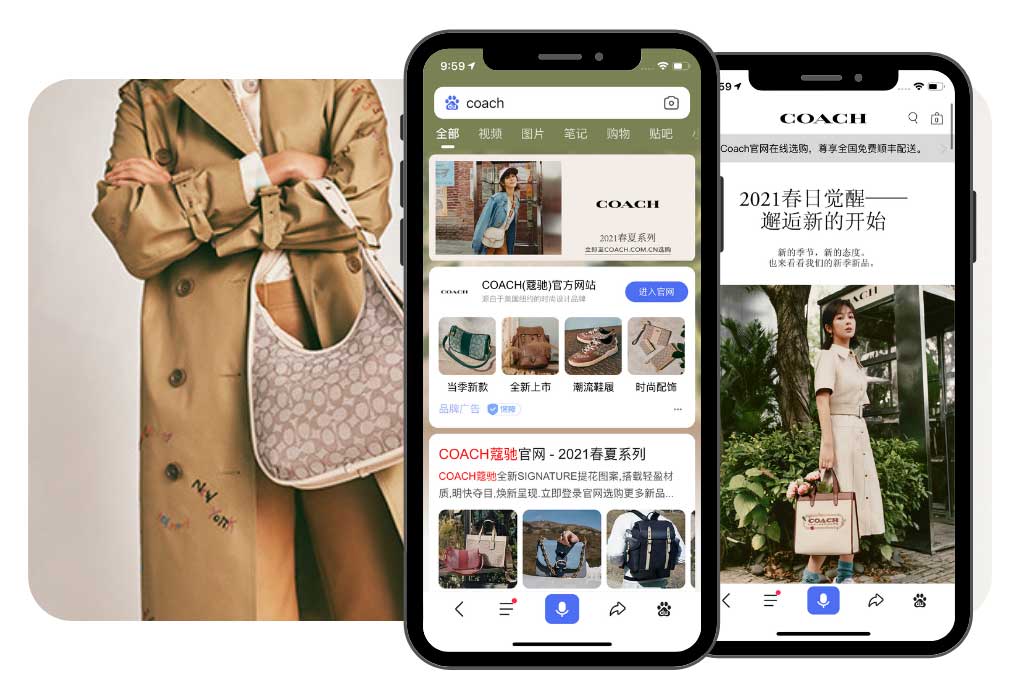
If you want to sell clothing brands in China, it’s important to work on your Baidu SEO, so that Chinese consumers can easily find you on the Internet, and you rank before other foreign or even domestic brands.
How to be visible? These SEO methods are specific to each search engine. You will understand that it is essential to know them in order to be well-referenced and thus considerably increase visibility. Your visibility is not to be neglected as you have to shape your brand image to Chinese consumers in the fashion industry.
Several points are to be known such as the value of metadata. First of all, it is the keywords that are to be chosen with caution. Make sure to highlight your titles as such, the engine will use these words to reference you.
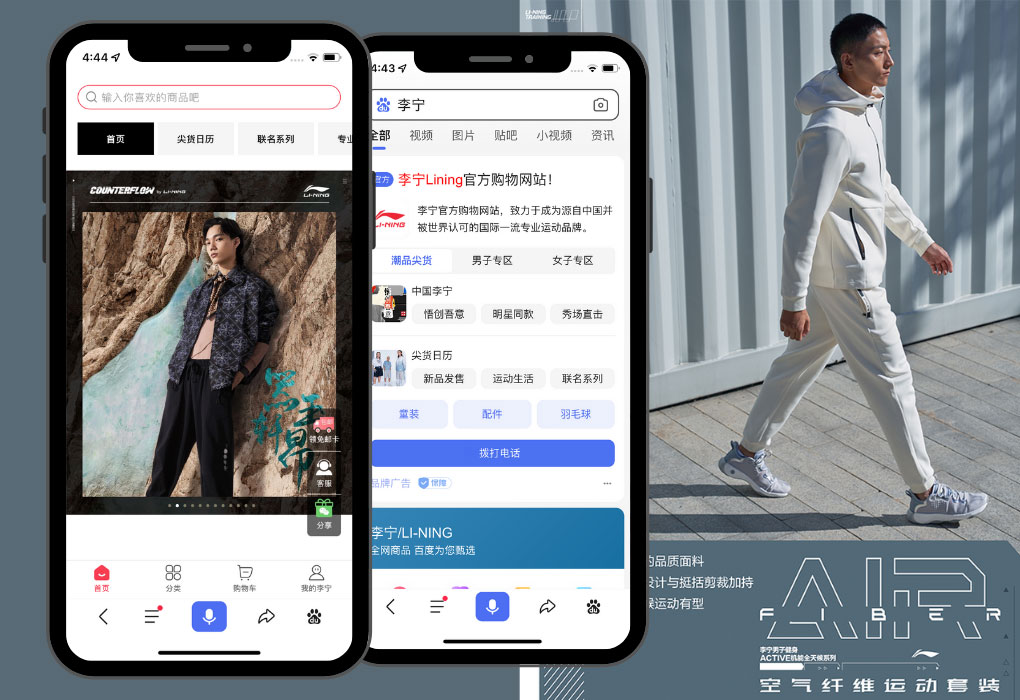
Avoid paid links on the front page as this will lower your ranking. On the other hand, links to sites considered safe are effective. Advertising must also be optimized. Only a few lines should summarize the advertisement.
Apart from having a Chinese website, it’s also advisable to participate in Baidu forums, like Baidu Tieba or Baidu Zhidao, so that Chinese consumers hear about your brand and give you feedback on your products and branding. Those actions will also increase your results on Baidu SERP.
3. Use WeChat to promote your business
Wechat is the most popular social media platform in China and one of the most successful ones in the world, with 1.26 billion monthly active users as of 2023. If you’re in the fashion industry, or any other industry in China, not having WeChat might be the worst decision.
Chinese people, especially young Chinese consumers check all the necessary information online, mostly on social media platforms. All the luxury fashion brands and other foreign and Chinese fashion brands have accounts on WeChat, so you will lose a lot to your competitors if you skip this step.
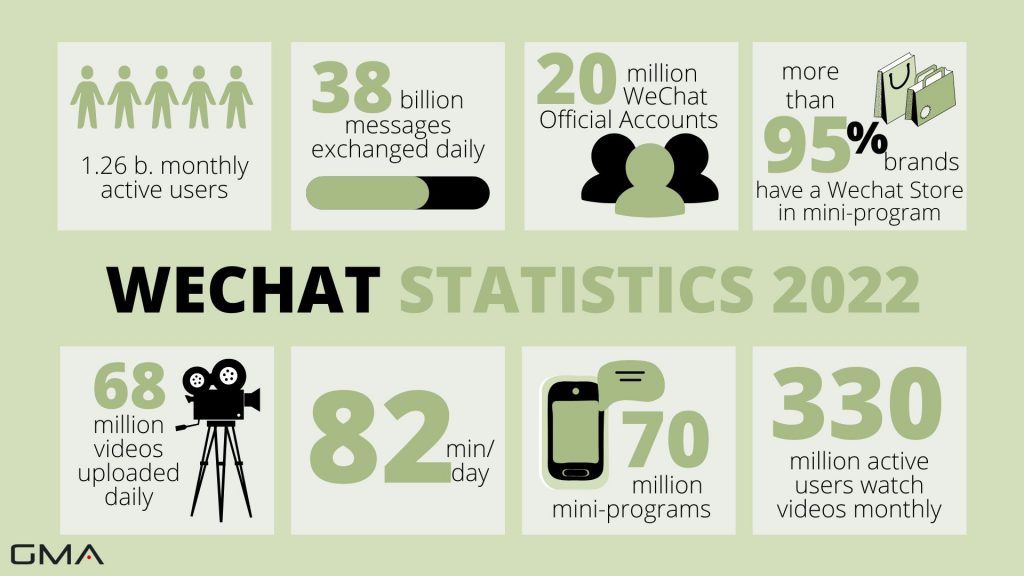
WeChat is a great tool for business, as it offers many features that help brands promote and sell their products online. The first important step is to start a WeChat Official Account, where you can communicate with your audience by sending them newsletters and other announcements about new products, special offers, and so on.

When you have an official account, you can move on to creating a mini-program, which is like a mini-app of your brand inside WeChat. There you can create a WeChat H5 Brochure that will present your brand and products, but you can also create your own WeChat Store. WeChat shops really caught on in Chinese society, allowing consumers to do online shopping without leaving their favorite app.
These applications can be modeled as you wish. Again, be careful, the visual says a lot about your business, so make sure it is adapted to your customers. WeChat is everything in Fashion, it is a close way to get connected with Chinese fashion consumers.
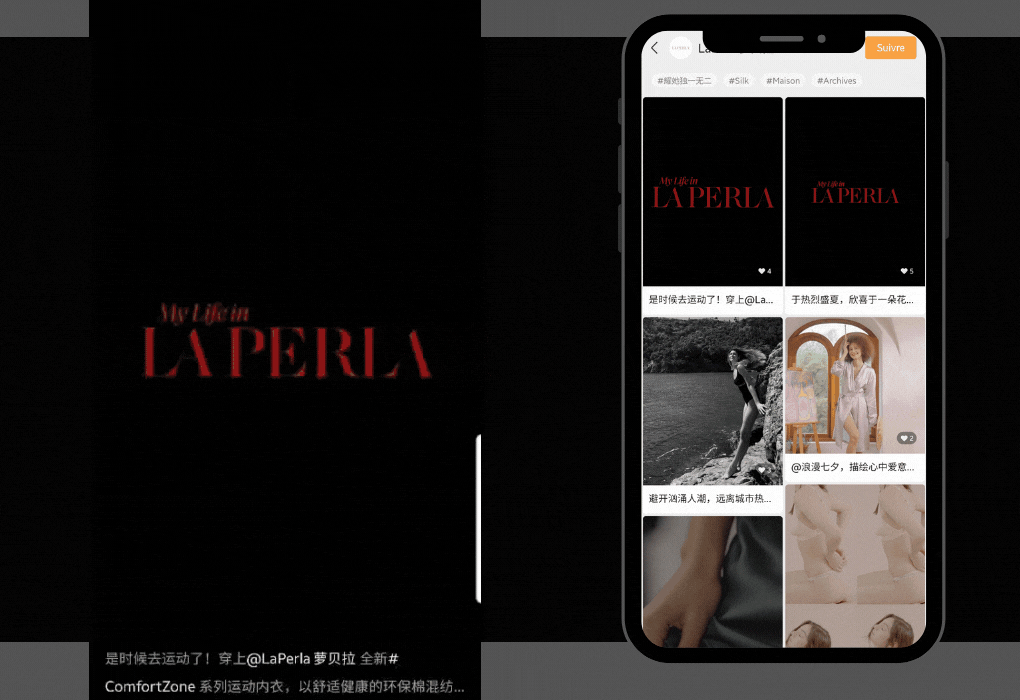
4. Collaborate with Chinese Key Opinion Leaders
Key Opinion Leaders (KOLs) are Chinese influencers that have huge power over the shopping decisions of young people in China. The Chinese culture attaches great importance to KOLs. Their opinion is key in making purchasing decisions, especially when it comes to the beauty and fashion industry in China. Indeed, if the Chinese are suspicious during their purchases, influencers facilitate their decision-making.
KOL marketing is one of the most effective ways to promote your products in China, especially when it comes to the luxury market. Chinese influencers are usually specialists in their niche, for example; baby clothes, sustainable fashion brands, traditional Chinese clothing, or China’s apparel market in general. They have an understanding of the Chinese and global fashion industry, know the top Chinese designers and top fashion retailers, and so on.

KOL marketing is a modern form of word-of-mouth marketing that is very important in China. Due to many scandals on the market and a constant flood of counterfeit domestic brands, Chinese consumers don’t trust official advertising and promotion and prefer to listen to their friends, family, and favorite influencers to make a decision.
It’s important to understand that there are different types of influencers in China, and your choice will depend on your brand’s values, expected results, and budget. The biggest KOLs are usually celebrities and stars, and they are very expensive. They usually work as brand ambassadors and have binding contracts with one or a few brands.
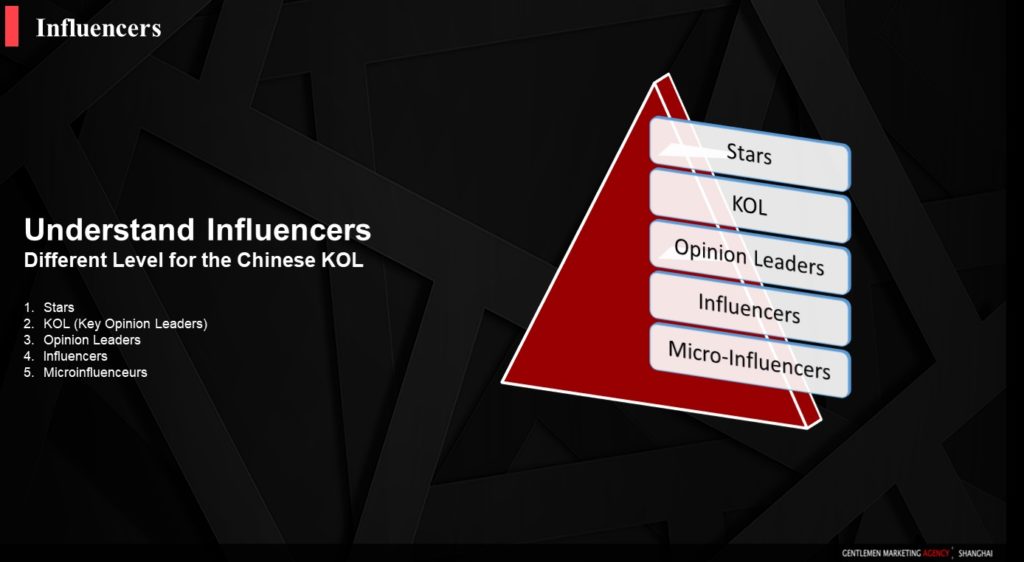
But there are also micro-influencers and KOCs, which are Key Opinion Consumers. They are ordinary people that promote products that they use themselves. They usually have fewer followers base, but those followers are often very engaged and trust their influencer, being a very easy-to-influence group.
5. Xiaohongshu and Douyin
When talking about social media exposure, in fashion it’s important to promote your brand on those that are often used by young generations, interested in fashion items from domestic and international brands, luxury purchases, recommendations, and so on. When it comes to beauty and fashion, one of the best social media and e-commerce platforms for brands is Xiaohongshu (eng. Little Red Book, or simply RED).
All fashion brands in China, invest a lot in their Xiaohongshu communication because fashion brands exist in China via their community. The app is sometimes called ‘Chinese Instagram’. It’s based mostly on user-generated content and the main audience is Millennial and Gen Z women, that share their opinions and tips on local brands, luxury brands, daily items, and lifestyle in general.
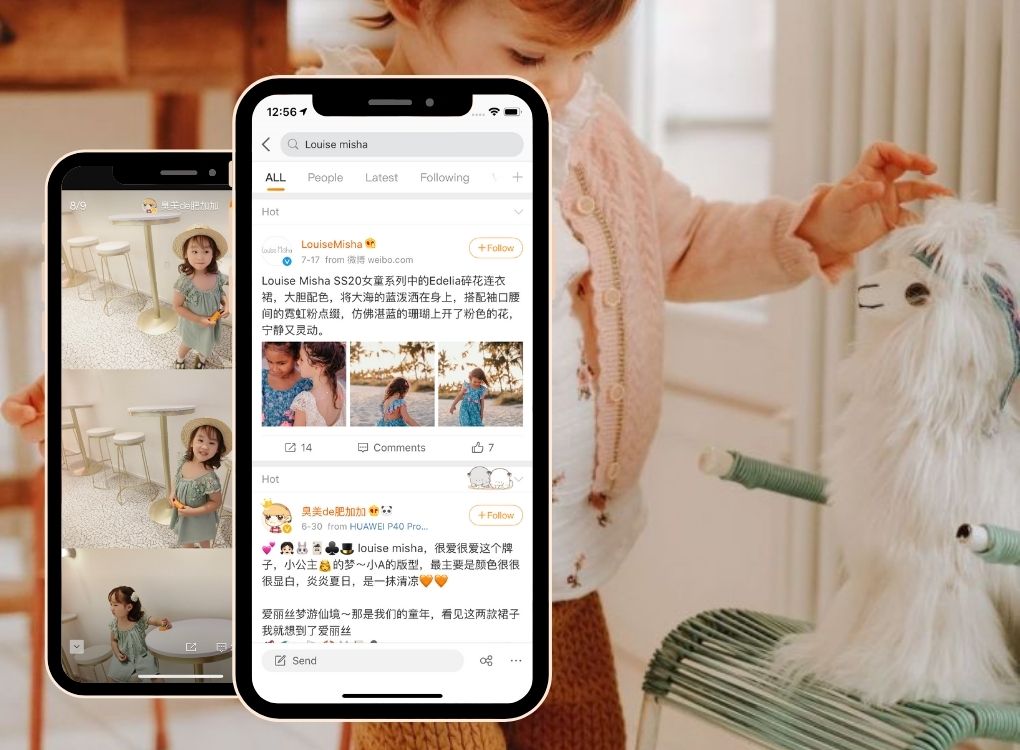
Xiaohongshu is also a great platform to collaborate with influencers, as many of them follow fashion trends and fashion brands, presenting their audience with everything that is happening in the apparel industry, like new releases, sustainable fashion tips, and Shanghai fashion week, you name it. Red also has its own e-commerce platform, so it’s easy to link promotional materials to product pages for direct purchases.
Douyin (eng. Tik-Tok) on the other hand, is very popular among Gen Z and all of the brands in the fashion industry in China are investing in this platform, as it’s predicted to be the most popular one in the near future. It’s based on short videos, but in China, it’s more complex, with an e-commerce platform, live-streaming functions, and more.
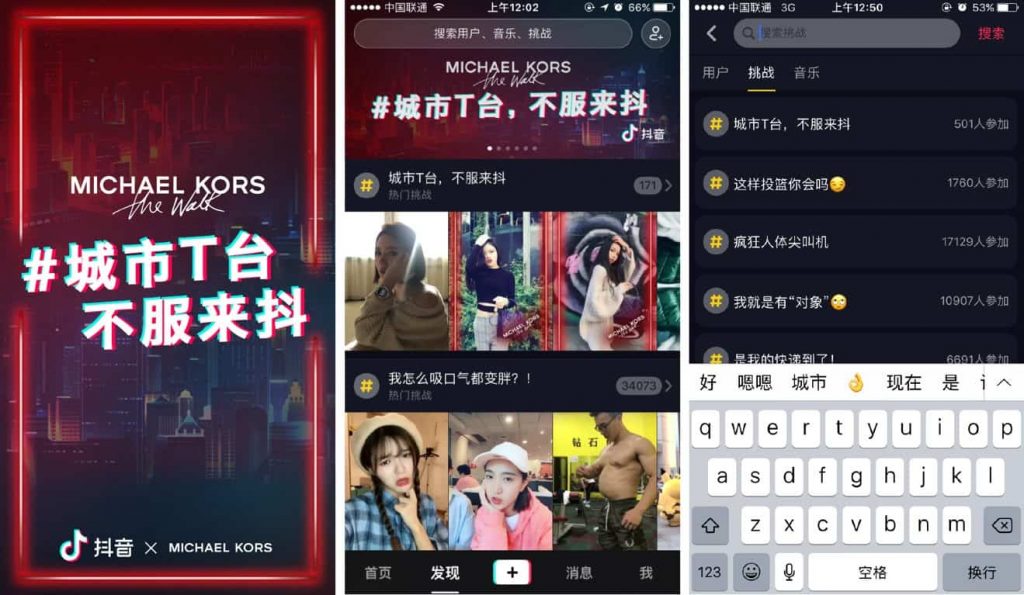
In order for your company to have good visibility with consumers, your presence on these social networks is required. You must use these platforms as advertising channels. This way your advertising will be seen by all users and your brand image will become bigger and bigger.
6. Live-streaming
Live streaming is one of the most efficient tools when it comes to new e-commerce in China. It is popular because, as we mentioned earlier, Chinese people don’t trust official promotions, as there are many scandals and counterfeit products. Live-streaming lets them see products live, tested by their favorite live streamers and influencers.
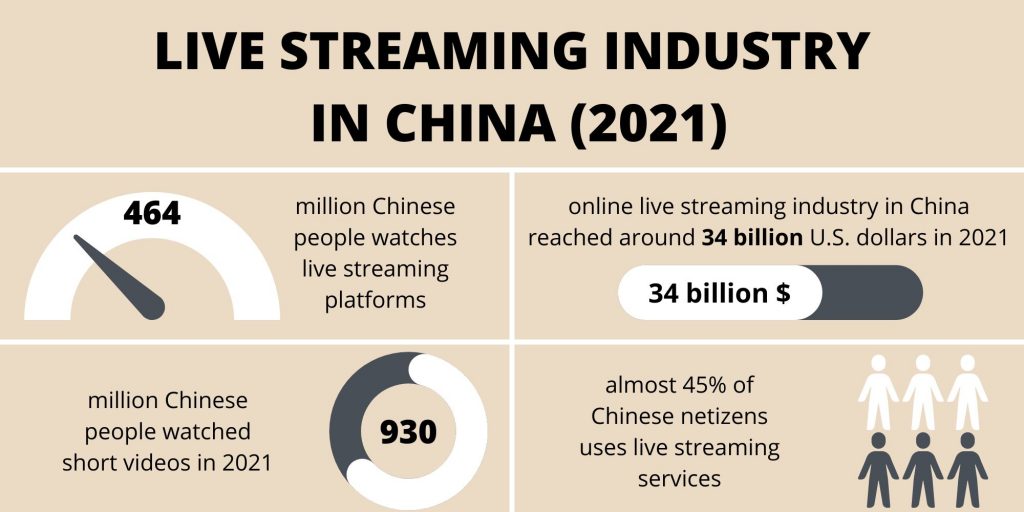
It became especially popular during the COVID-19 pandemic when consumers couldn’t go to brick-and-mortar stores to buy clothes, so they moved on to live-streaming, growing the market. There are many live-streaming platforms, such as Taobao Live, Wiya, etc. but we recommend leveraging live-streaming functions on Douyin, WeChat, and Xiaohongshu, so you get an overall experience from those platforms.
7. Metaverse, gamification, and phygital experiences
If we were to choose the biggest trend in digital China for 2022, it would definitely be the Metaverse and the use of virtual reality in digital marketing. Many big brands, such as Maybelline, Gucci, Prada, Coca-cola, etc. join the Metaverse, offering shops, special games, exclusive offers, and discounts in the digital world, engaging their customers on a whole new level.

Another step is also virtual influencers, gaining a huge following on WeChat, Douyin, and RED. Due to the crisis of many biggest KOLs on the market (mainly linked to tax frauds), many consumers are turning to virtual influencers for fashion tips. For instance, the virtual influencer AYAYI reaches 12.1M followers on Little Red Book with a brand endorsement for L’Oréal, Bose, and Sandro.
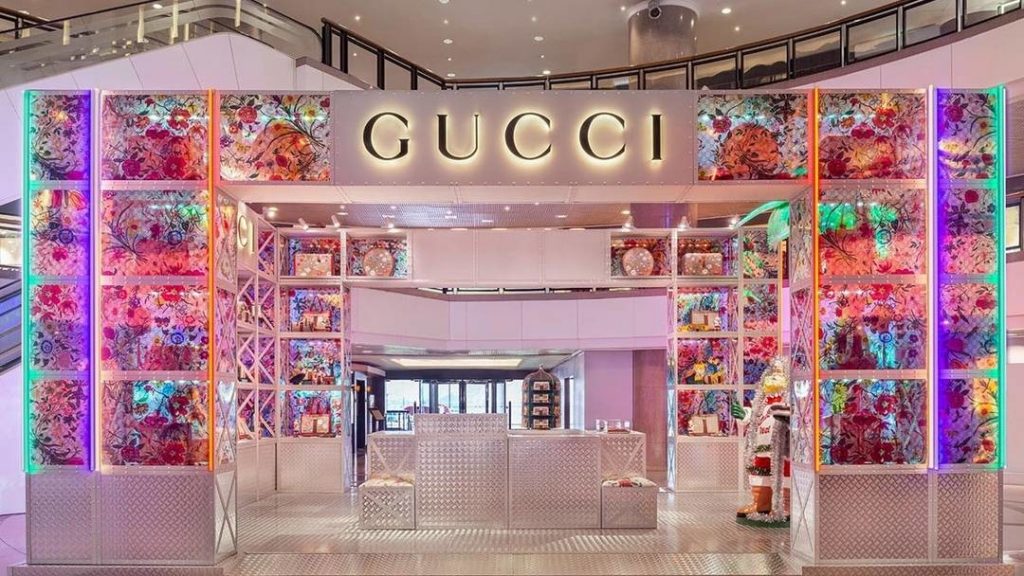
When it comes to virtual realities, customers want more and brands are answering the demand, engaging their audience in phygital experiences, which is a mix of online and offline experiences. Shops are offering special discounts for customers online, but later they can check and pick them up in shops. There are also QR codes in shops, directing customers to metaverse spaces designed by brands and many more.
Companies also engage in gamification, either by collaborating with popular games and IPOs in China or by offering customers engaging small activities, like discount wheels, memory games to win coupons, and more, especially popular among fast fashion brands like Shein.
8. Sell through private traffic
Consumers in the fashion industry in China, especially when it comes to the luxury market, want to be treated personally and have unique experiences. They don’t want to be associated with the mass market, so many social media and e-commerce platform increased their interest in so-called ‘private traffic‘.
WeChat can serve as a perfect example, as many brands create private consumer groups on the platform. WeChat allows its users to make discussion groups organized by interest. That is to say, you could build groups made up of a targeted audience. In this way, you could deliver a message with a wide reach to handpicked consumers.
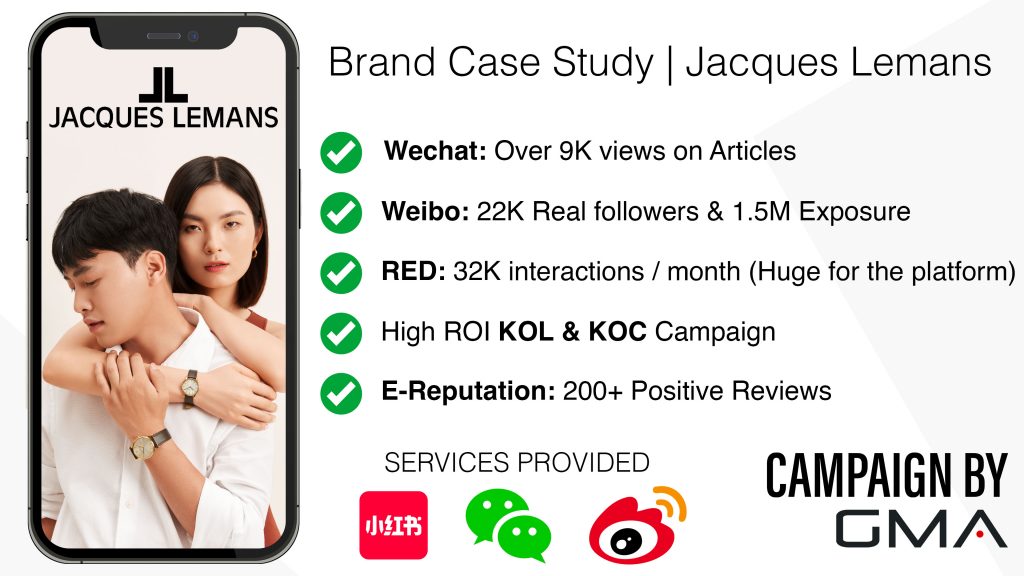
Brands share special announcements and discounts inside the groups, which works kind of like our newsletters, but has a more private and exclusive feeling to it.
9. Sell clothes on Chinese online marketplaces
Last but not least, fashion trends can change, but something stays the same in China through all these years, which is online shopping. Although there are many other ways to buy products in China now, the biggest online marketplaces, such as Tmall, Taobao, and JD.com are still the leaders when it comes to online sales.
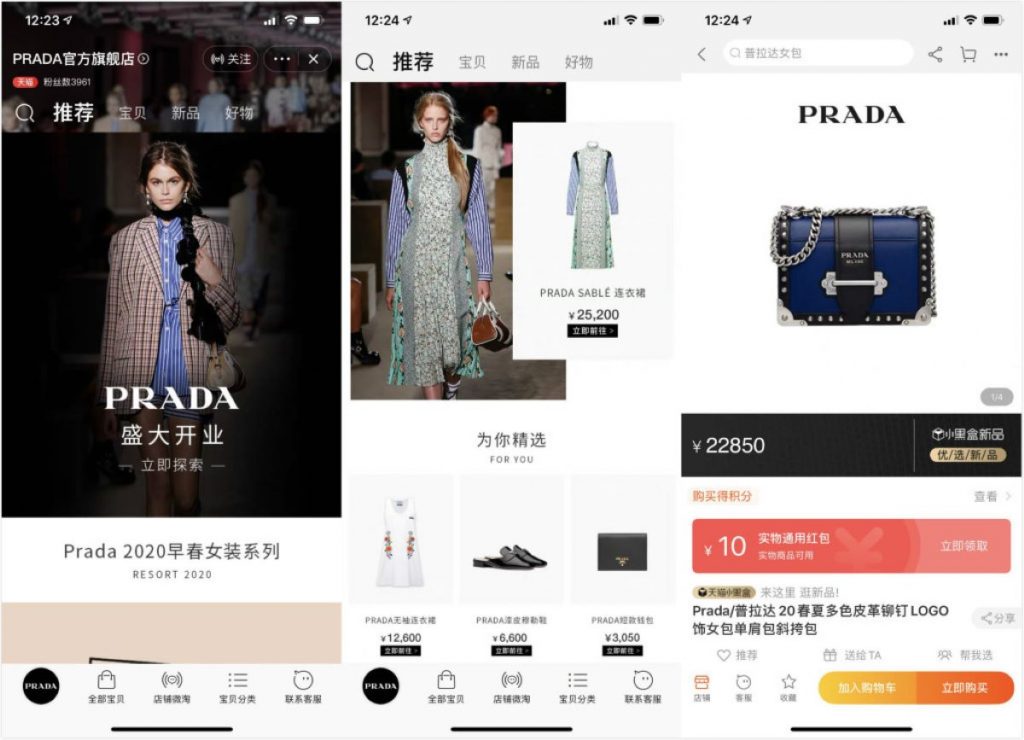
Being present on Chinese e-commerce platforms gives you the biggest visibility, but in order to have your own flagship store there, you need to build your branding and e-reputation first, because those platforms don’t want to work with unknown brands in China. And not to mention, they are very expensive.
A good way to test the market is to open a WeChat Store or sell clothes on Xiaohongshu or Douyin marketplaces, which are way cheaper and still generate great sales. In fact, those social media e-commerce platforms are becoming as important as the biggest players on the market.
Need China Marketing Experts?
The Chinese fashion market is very complex and competitive, but it’s also the greatest one to be, especially when it comes to foreign brands and luxury brands. The digital landscape is changing fast and so are the fashion trends in China, so it’s important to stay ahead of the game to become noticed by the consumers there.
We are a team of more than 70 marketers from China and abroad, and we have more than 10 years of experience working with brands from different industries. Gentlemen Marketing Agency has a whole fashion division, and we can ensure you that you will get the best, tailor-made solutions for your brand.
Some of our services include:
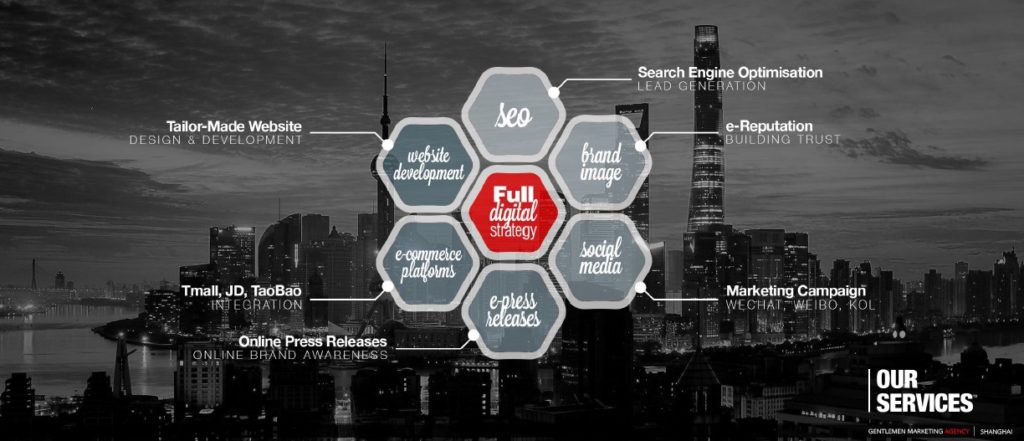
We have experience working with small and big fashion brands, helping them reach and exceed their goals in China.
Here are some of our fashion case studies:
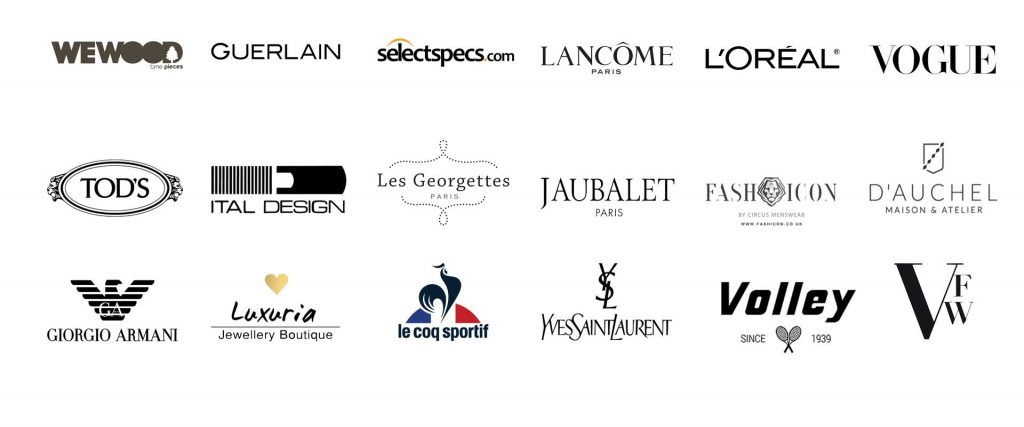
Don’t hesitate to contact us or leave us a comment to discuss your project in China. We offer a free consultation where our expert will learn about your brand and discuss your options in the Chinese market. The time is now!


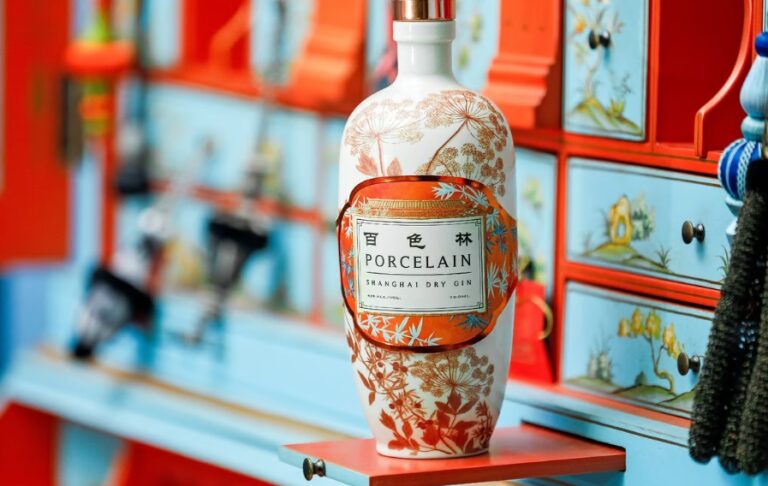
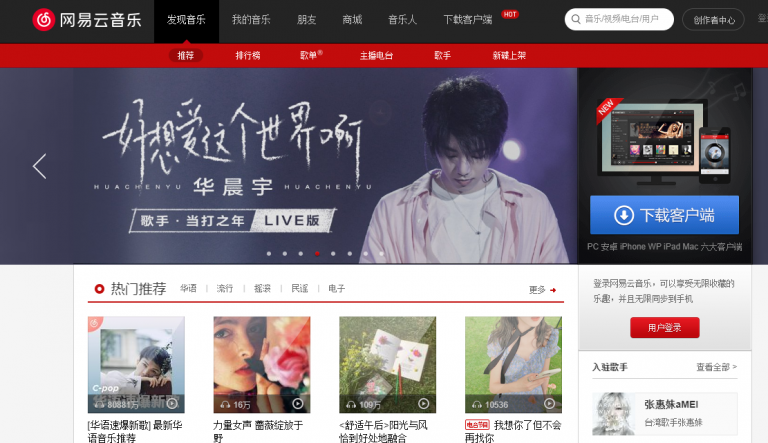

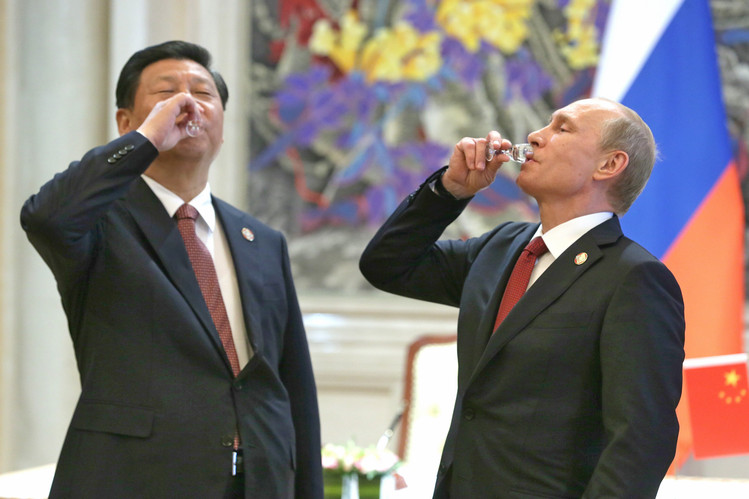

Great article. It helps a lot for my work. Thanks for sharing these effective and helpful ways.